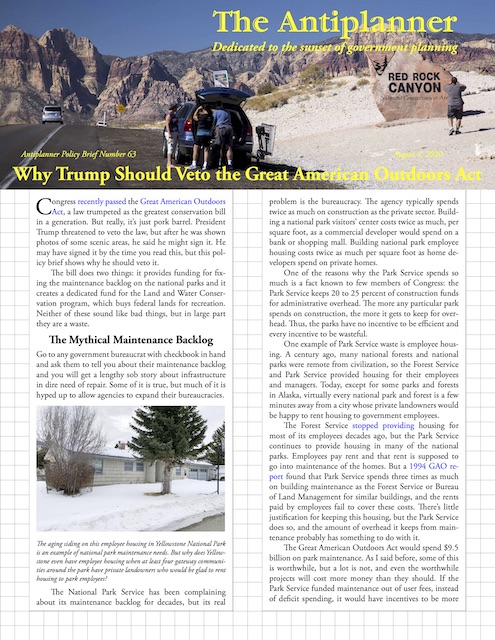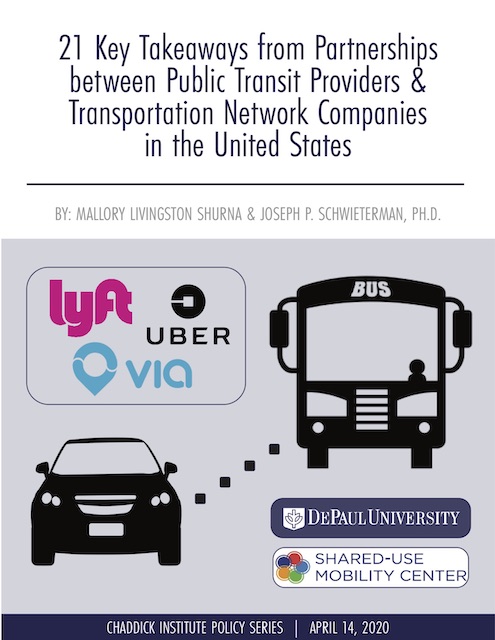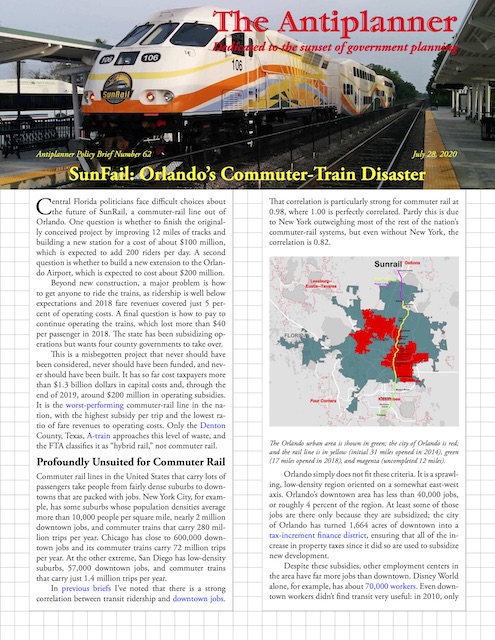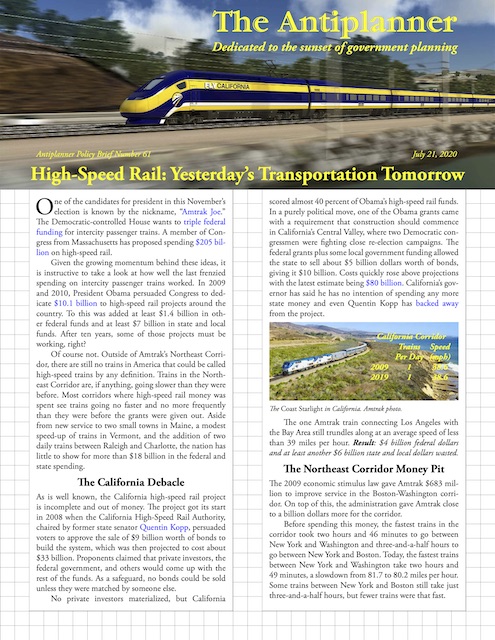Is transit second-class transportation, as I argued in an op-ed in the San Antonio News-Express, or are the people who ride transit second-class citizens, as a response from urban planner named Bill Barker implies that I said? Like this question, most of his response focuses on semantics, not reality.
For example, he claims that the billions of dollars that taxpayers are forced to pay to transit agencies aren’t subsidies because he says he found a dictionary that defines subsidies as “a grant to a private company.” Transit agencies aren’t private companies, he notes, so therefore they aren’t subsidized. (No dictionaries I’ve looked at specifies that money has to go to a private company to be considered a subsidy.)
In response to clear evidence that taxpayers pay more than 90 percent of the cost of running San Antonio transit, he alleges that “billions of dollars in transportation subsidies are going to Boeing, General Motors, Ford Motor Co.” Say what? I’m not sure why Boeing is relevant, but I don’t know of any subsidies going to General Motors or Ford. As near as I can determine, neither received funding from the CARES Act, and while the federal government “saved” General Motors from bankruptcy in 2008 by forcing it into bankruptcy, Ford didn’t receive any federal subsidies at that time. (Ford did receive some loans but repaid them, and by Barker’s definition only grants, not loans, are subsidies.) Continue reading











